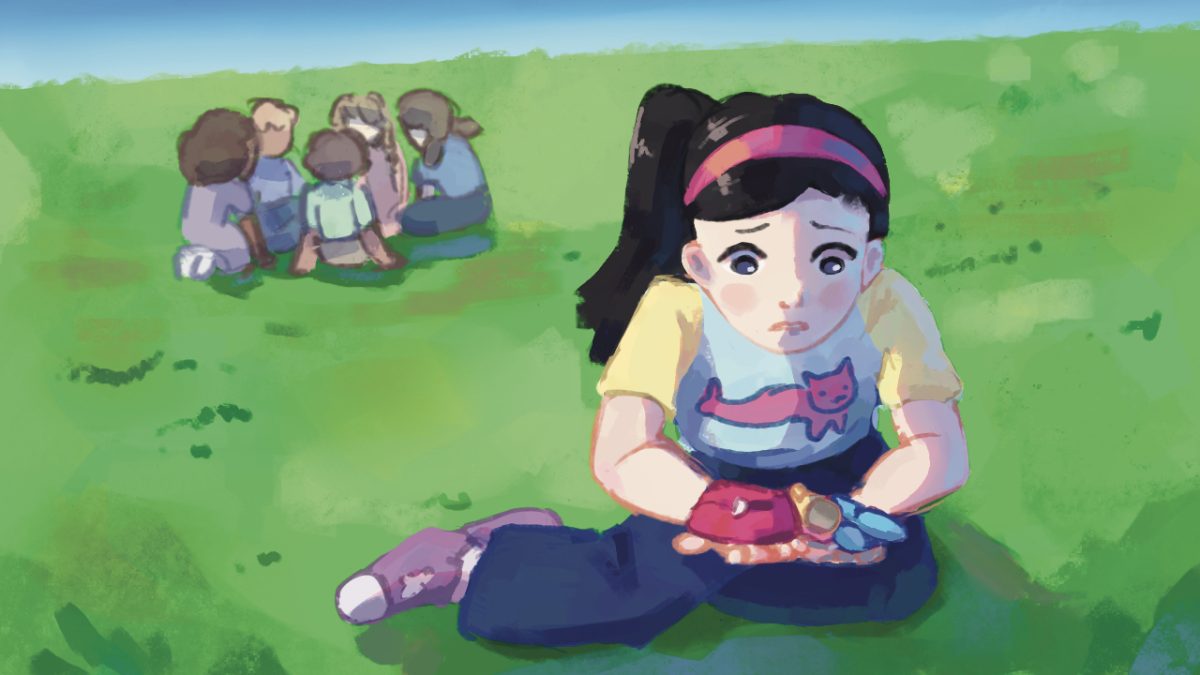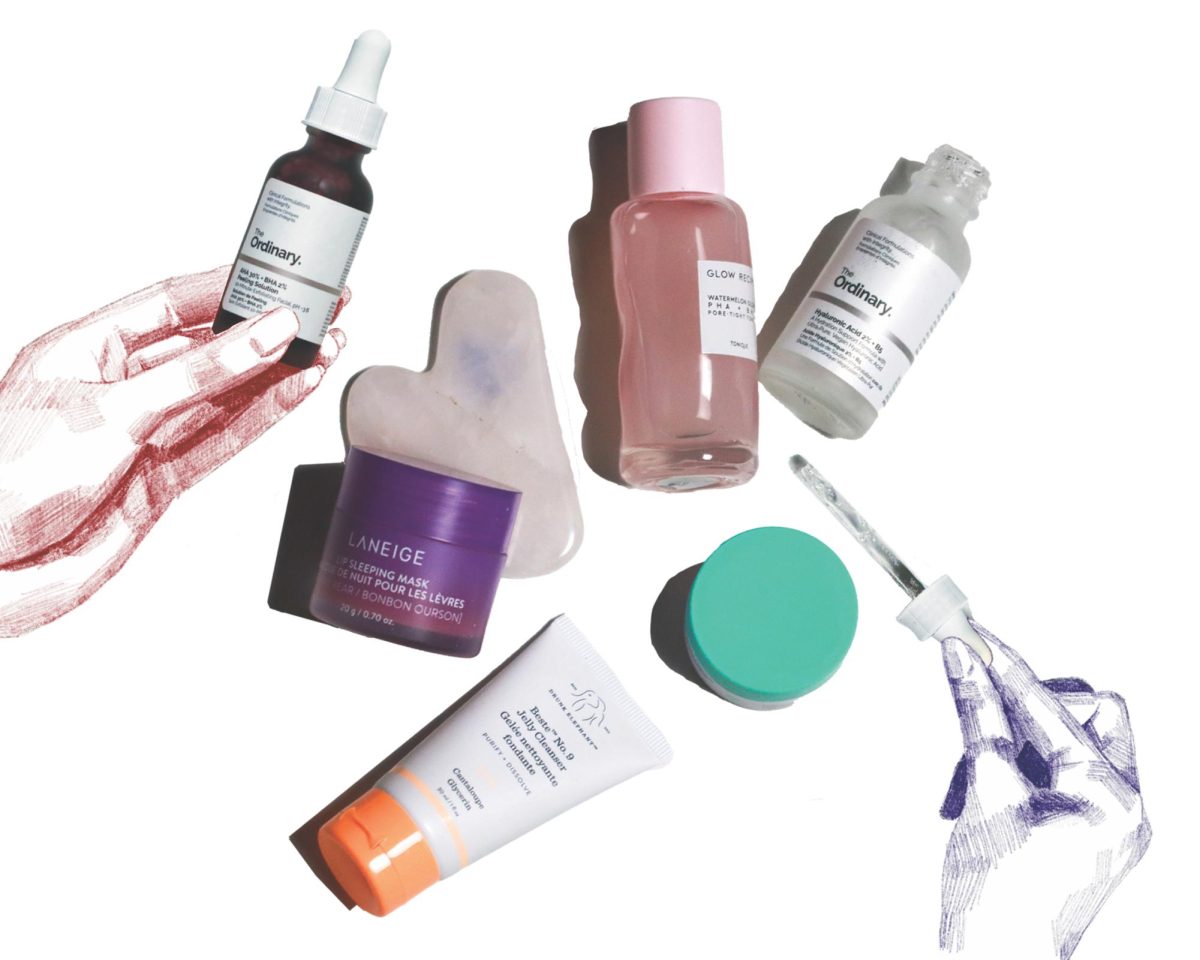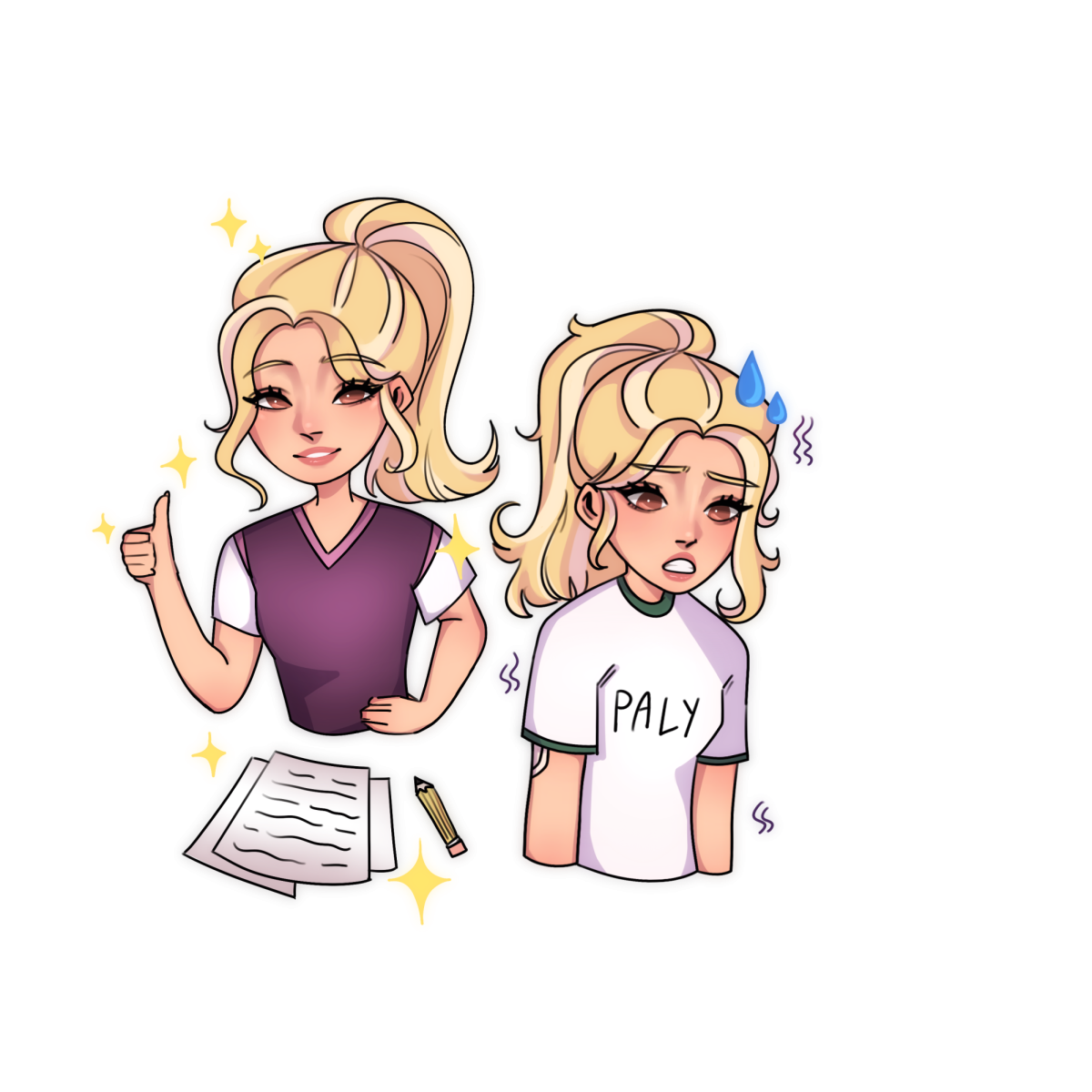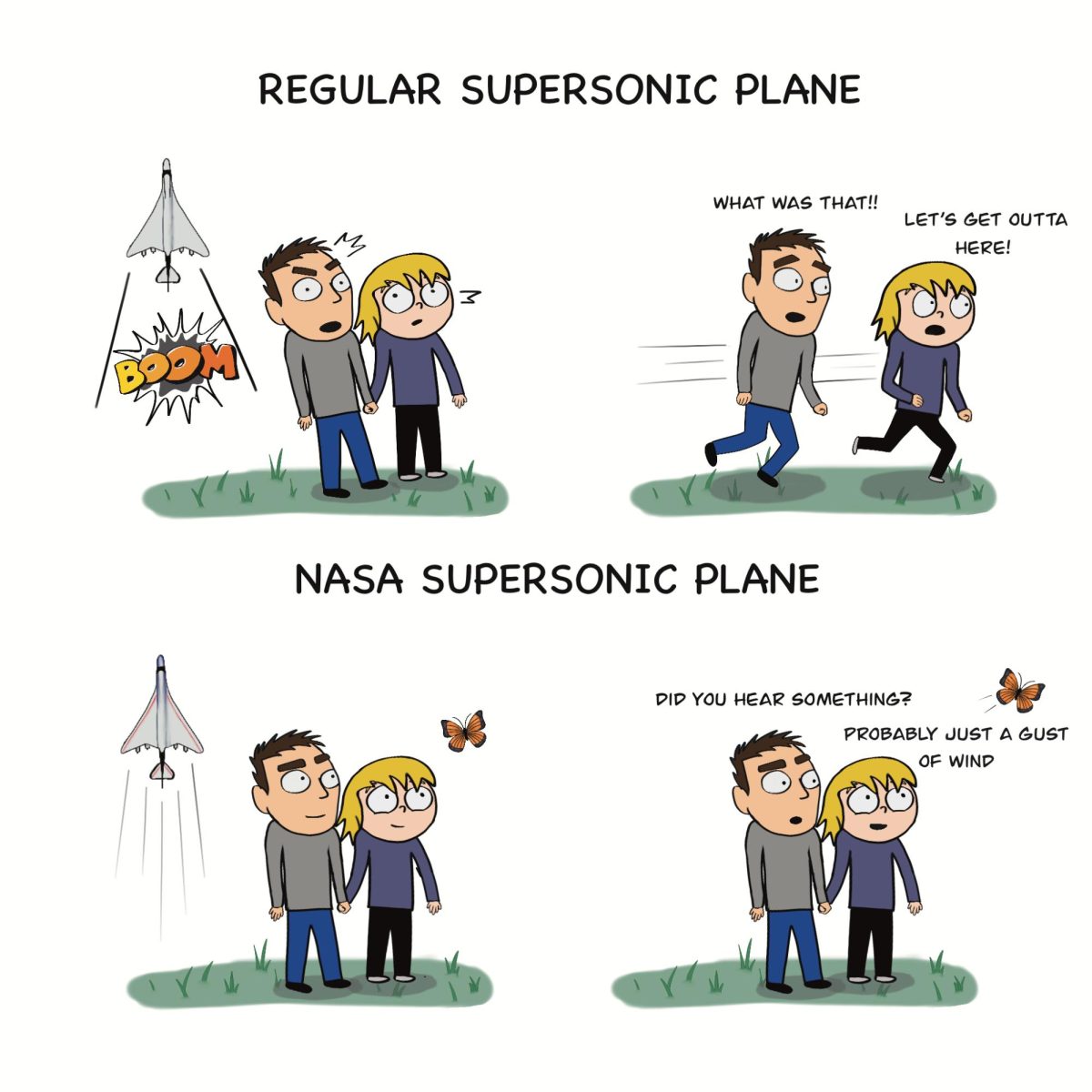Twenty years ago, schools relied on whiteboards, textbooks and lectures to teach students. Advanced technology such as computers, much less drones or smartphones, were rarely found in classrooms.
Fast forward to modern times, and most classrooms are littered with electronic gadgets. According to the National Center for Education Statistics, over 98 percent of public schools in America currently have more than one computer in the classroom, and over 75 percent regularly use the internet for instruction.
Located in the heart of tech-centric Silicon Valley, Palo Alto High School is just one of countless schools adjusting to this new method of teaching and learning.
In 2016, Paly implemented the Future Ready Learning Program, an initiative intended to promote a “classroom environment that supports the use of technology for academic purposes on a daily basis,” according to a statement from Principal Kim Diorio in the May 2016 parent letter.
This program requires students to bring a laptop to school every day to allow lessons and class materials to become digitized.
Students without a computer or laptop have the option to borrow a school Chromebook for a year.
“I’ve noticed that a lot of my classes have been more tech-centered since the new policy was implemented. I’ve started taking notes on my computer, and most class activities and assignments are digital now.”
Junior Olivia Brown
In addition to the recent initiative, Paly has begun offering more blended alternatives to traditional courses. There are currently over 15 blended courses, including Blended Advanced Placement Environmental Science (APES) and Blended AP Music Theory.
In blended courses, class materials and assignments are predominantly online, although at least 51 percent of class time is required to be face-to-face.
Blended courses provide students with “blended periods,” also called “flex periods,” where students are assigned work but are not required to be in the classroom.
Students have the option of receiving additional help during “blended periods” or using the time as they see fit.
This system allows students more flexibility, as they can complete the day’s coursework at a time that is more convenient for their schedules.
“It’s almost like a mix between an online class and a regular course,” said junior Charlotte Amsbaugh, who takes Blended APES. “We do a lot of cool online activities that relate to what we’re learning, but it definitely forces you to be more self-reliant and on top of your coursework.”
In addition to laptops, many teachers also have their students utilize smartphones and other handheld devices for class activities.
“My APES teacher had us all download the iNaturalist app for our field trip to Arastradero,” Amsbaugh said. “It was a really cool way to show us how we can apply what we learned in class.”
Amsbaugh also says she prefers using her phone to a laptop when playing Kahoot, an online quiz game many teachers use to review material, because it’s easier to quickly press the buttons.
In addition to laptops and smartphones, some classes have begun utilizing more advanced technology.
Students taking Art Spectrum and Ceramics and Sculpture, popular art courses at Paly, experiment with art by using virtual reality. The $3000 virtual reality painting machine, located in room 101, uses Tilt Brush software, Vive goggles and a gaming computer.
Students use the virtual reality painting machine to prototype sculptures and create digital art; however, Susan LaFetra, a Paly art teacher, has much larger goals for the machine.
“Imagine if you’re in a biology class and the teacher asks you to diagram a human cell, and you could do that in three dimensions,” LaFetra said. “Imagine creating a solar system with this. In English, you could take things out of literature and illustrate them.”
Moreover, Paly Voice, a student-run online news source at Paly, has been experimenting with drones since 2013. The publication has used its drones to record spirit rallies, soccer games and other school events.
Apart from just drones, journalism classes at Paly play a large role in teaching students how to use technology.
Students use the Voice Memo app to record interviews and Adobe products such as inDesign and Photoshop to create graphics and design their product.
With such a drastic shift towards technology in the classroom, some teachers struggle to utilize the tools and negate possible drawbacks.
Trinity Klein, a blended English teacher at Paly, said there are a myriad of benefits and drawbacks to using digital appliances for educational purposes.
“I think it has great potential, but I’m always struggling with the balance between doing it because we can, and doing it because we should.”
Trinity Klein
Ultimately, Klein prefers to use technology in her classroom because it makes it easier to teach such a wide variety of students, each with their own needs and learning styles.
According to the Blended Learning section on the Palo Alto School District (PAUSD), utilizing technology in classrooms allows for differentiated instruction, meaning students are able to learn at their own pace and establish an effective learning method.
Klein said students who excel at certain topics or subjects are able to advance without significant aid from their teacher. This allows them to explore the topic and make more progression than those taking a regular class.
When students encounter challenging topics, the teacher can provide additional support and resources so that the student is able to advance when they feel adequately prepared.
Additionally, the PAUSD website states that incorporating technology into the classroom also gives students access to various instructional sources, providing them with more flexibility as well as the ability to personalize their learning.
Although implementing technology in the classroom has many advantages, it does come with some drawbacks.
Many teachers worry that technology is not only becoming a distraction but that it also makes it easier for students to cheat on quizzes and tests.
“All of my quizzes are online,” Klein said. “I worry about kids cheating and opening up a new tab to search up the answers. I don’t like having to watch people’s computer screens all the time.”
According to the Open Education Database, more than half of students admitted to cheating, and less than 5 percent are caught overall.
Klein said, “[Technology] puts a lot of responsibility on the kids to be using the technology appropriately, but I think it has great potential.”








